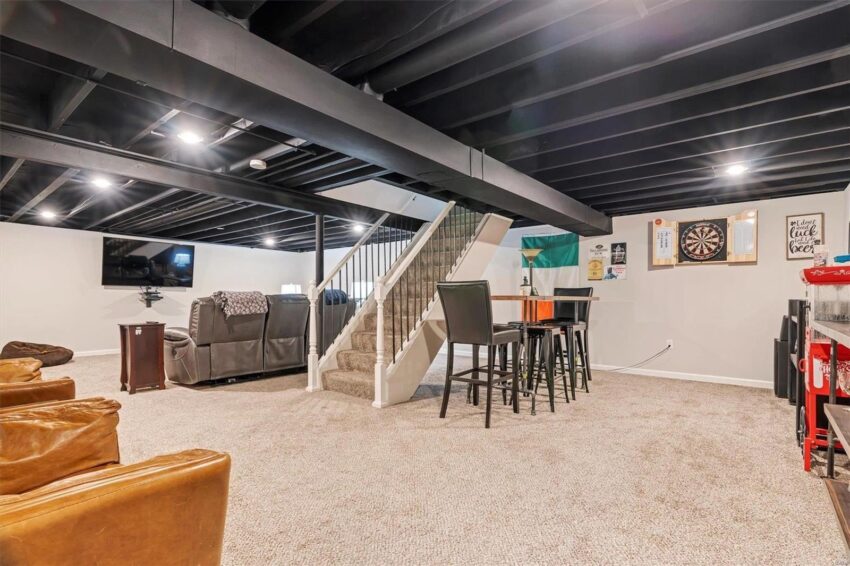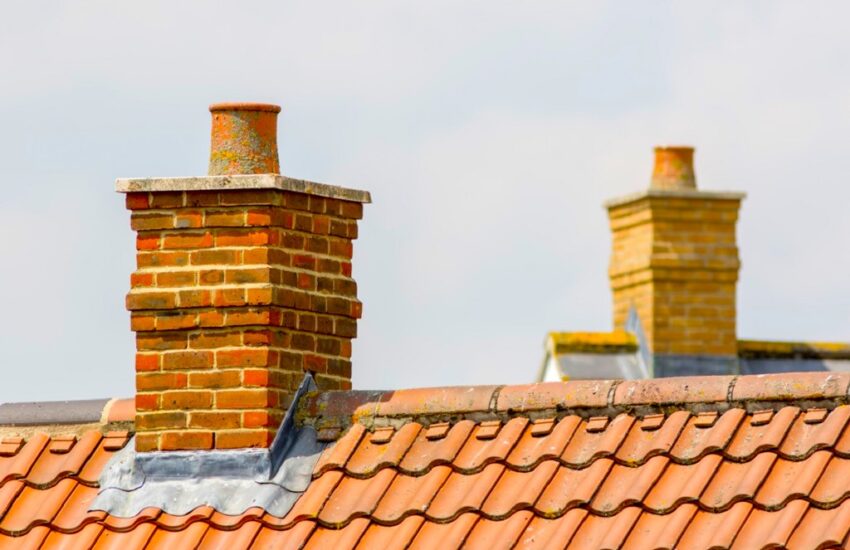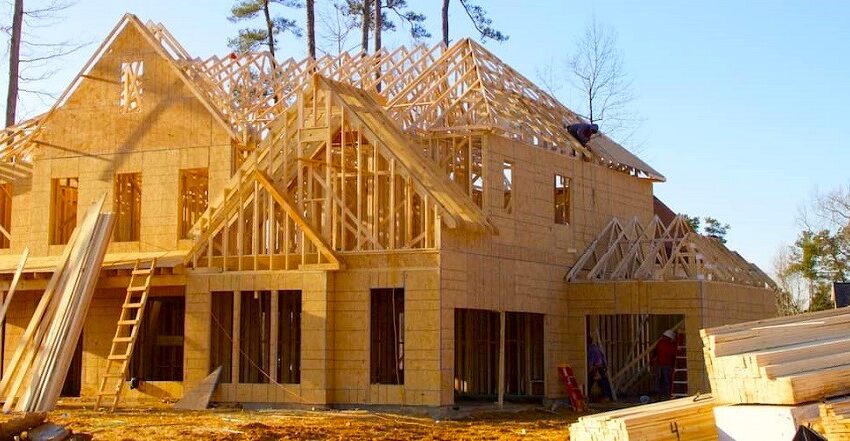Ever since the dawn of time, humans have always sought ways to decorate their homes. In recent times, it has become increasingly easy with the advent of modern technologies. Most people nowadays prefer decorating their homes with unique alternatives for ceiling designs.
Alternative ceiling designs are becoming a trend as they offer a unique touch to the décor of a room and also help conserve natural resources. Besides, they are durable and easy to maintain. If you’re looking to make your home look more beautiful, look no further. We’ve created an extensive list of alternative ceiling materials that you can use and understand the pros and cons of each one.
Types of alternative materials for ceilings

When selecting ceiling materials for a home, it is important to consider the environment of the room. There are a variety of materials that can be used for ceilings in lieu of drywall, such as fiberglass, wood paneling [102], plywood [102], cement board [102], metal panels [102], fabric panels [102], and plaster [102]. Fiberglass is a popular insulation material for garage ceilings, as it’s lightweight and easy to install. It offers protection from moisture and allows for easy access to ceiling fans and other equipment. Drop ceiling ideas, such as ceiling tiles, are also available for home use. These can come in a wide range of styles and colors to suit any interior design. When selecting ceiling materials, it’s important to consider the durability and cost of the material. This will help you choose a material that provides optimal insulation without breaking the bank. Finally, fashion lighting can also be integrated into suspended ceilings. This adds dimension and style to any room, while also providing optimal illumination.
Benefits of using alternative materials for ceilings
Alternative ceiling materials offer many benefits over traditional drywall, such as a more durable and attractive finish. Drywall can be expensive and time-consuming to install, while alternative ceiling materials require minimal skill and don’t require any drywall installation.
Besides, drywall is made of gypsum board, which can be expensive and hazardous to the environment. Alternative ceiling materials are made of renewable materials such as plywood or cement board, which are eco-friendly and easy to clean.
Additionally, drywall can block sound from entering your home or workplace, whereas alternative materials absorb sound instead of blocking it. Acoustic tiles are another option that can reduce noise levels in the ideal working space.
They’re also durable and easy to maintain, making them a great choice for ceilings. Overall, alternative ceiling materials offer many benefits over drywall, making them an excellent option for any type of ceiling.
Drawbacks of using alternative materials for ceilings
Alternative materials for ceilings are becoming increasingly popular, but there are several drawbacks to using them. Drywall is the most common type of ceiling material used in residential construction, and it is lightweight, easy to install, and provides a durable layer of insulation and soundproofing. However, drywall can be prone to damage from moisture, abrasion, chemicals, and electrical hazards. Additionally, drywall requires special tools and skills to properly install. Alternative materials such as gypsum board or plasterboard may require more time and effort than drywall due to their weight and unwieldy nature. Some alternative ceiling materials may not provide the same fire-protection benefits as drywall. Additionally, alternative materials may not provide the same aesthetic benefits as drywall either. Overall, there are many reasons why drywall is still the best choice for ceilings in any environment.
Alternative materials for ceilings cost
When it comes to ceiling materials, fiberglass insulation is one of the most cost-effective options. It’s easy to work with and provides thermal insulation for a reasonable cost. Another popular option for ceilings is ceiling tiles. These are attractive and easy to install, but they also have their drawbacks. Some of the materials used in ceiling tiles can be harmful to the environment and may not be able to adjust to different weather conditions well. Therefore, it’s important to consider other options as well when looking for a material for your ceiling.
Some of the alternative materials for ceilings include metal, mineral fiber, PVC, and thermoplastic. Each of these materials has its own unique features and qualities that may make them favorable for various applications. Thus, it’s essential to research different ceiling materials before making a choice.
Alternative materials for ceilings installation
– There are various materials that can be used for ceiling installation, such as fiberglass, metal [101], mineral-fiber [101], PVC [101], and thermoplastic [102].
– Insulation materials such as fiberglass and cellulose [102] are widely used in garages.
– Drywall alternatives such as wood paneling, plywood, cement board, metal panels, fabric panels, and plaster can be used instead of traditional drywall.
– Alternative ceiling options such as wood paneling can bring out the beauty and modern look in your ceiling. The durability and affordability of the material make it a great choice for ceilings.
Looking of drywall ceilings is no longer a must for every home interior. Besides, there are many drywall alternatives available in the market that offer excellent quality at an affordable cost. This makes them a suitable option for homes with any budget. Besides, drywall ceilings help to improve airflow and insulation, which also makes them an ideal choice for garages.
Drywall was once considered a highly durable material that is easy to repair when broken or damaged. However, with advancements in technology and new materials coming into the market drywall is losing its popularity. Drywall alternatives are gaining popularity due to their durability, easy maintenance features, and affordable prices.
Alternative materials for ceilings maintenance
– Different materials such as wood paneling, plywood, cement board, metal panels, fabric panels, and plaster can be used as alternatives to drywall for ceilings.
– When choosing an alternative material for a ceiling, it is important to consider the durability and longevity of the material. Some durable materials are wood paneling and plywood, which can withstand wear and tear for years. Other durable materials include cement boards and metal panels, which can last for decades.
– Some of the most popular alternative materials for ceilings are fabric panels and plastering. These materials are easy to replace and maintain as a damaged tile can simply be removed and replaced.
– In addition, drop ceiling tiles and planks can be installed directly to the ceiling joists saving time and mess as compared with using drywall. The choice of material will depend on budget, durability, aesthetics, and ease of installation.
– It is essential to maintain a ceiling’s appearance by keeping it clean of dust and debris at all times.
A drop ceiling helps keep your home dry from moisture or water damage due to its seamless surface that lets water pass through easily without causing damage to the ceiling below. This also ensures no damage is caused to your ceiling while allowing your home’s interior decor to shine through. Moreover, drop ceilings allow easy access for repairs to plumbing, electrical wiring, and ductwork without having to worry about damaging the ceiling above them. Additionally, drop ceilings are easy to install in homes of all sizes making them a great option for any homeowner looking for ceiling options
Conclusion
Your ceiling is a fundamental part of your home. It’s what separates the living space from the rest of the house. If you want to create an ambiance and feel that matches your decor, you should use alternative materials for ceilings. They give your ceiling a unique look that’s unlike any other ceiling material and look great in every space. To learn more about alternative ceiling materials, comment below and tell us if alternative materials for ceilings work well with your home!








